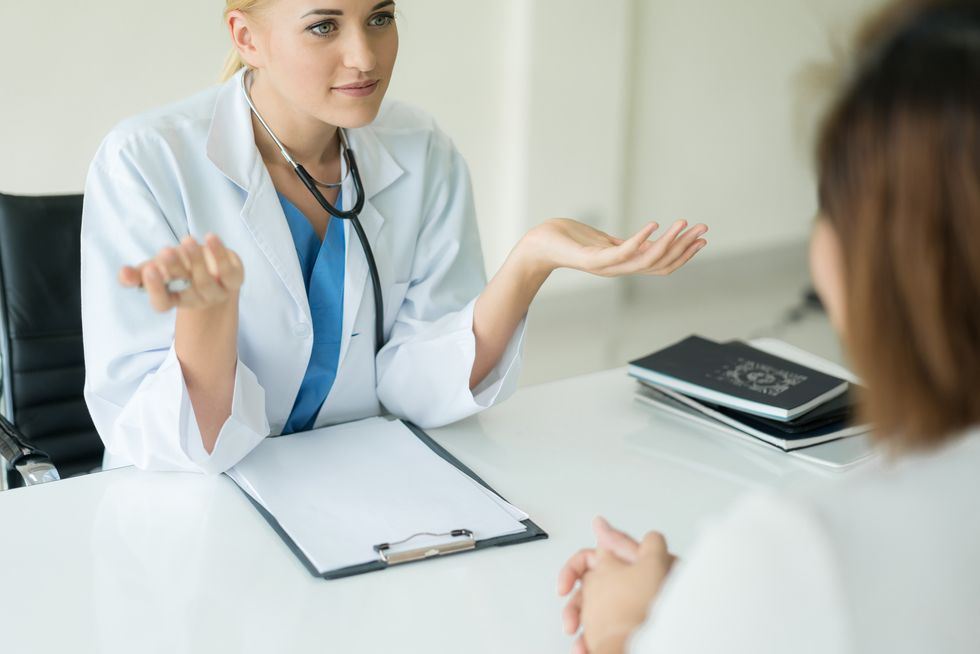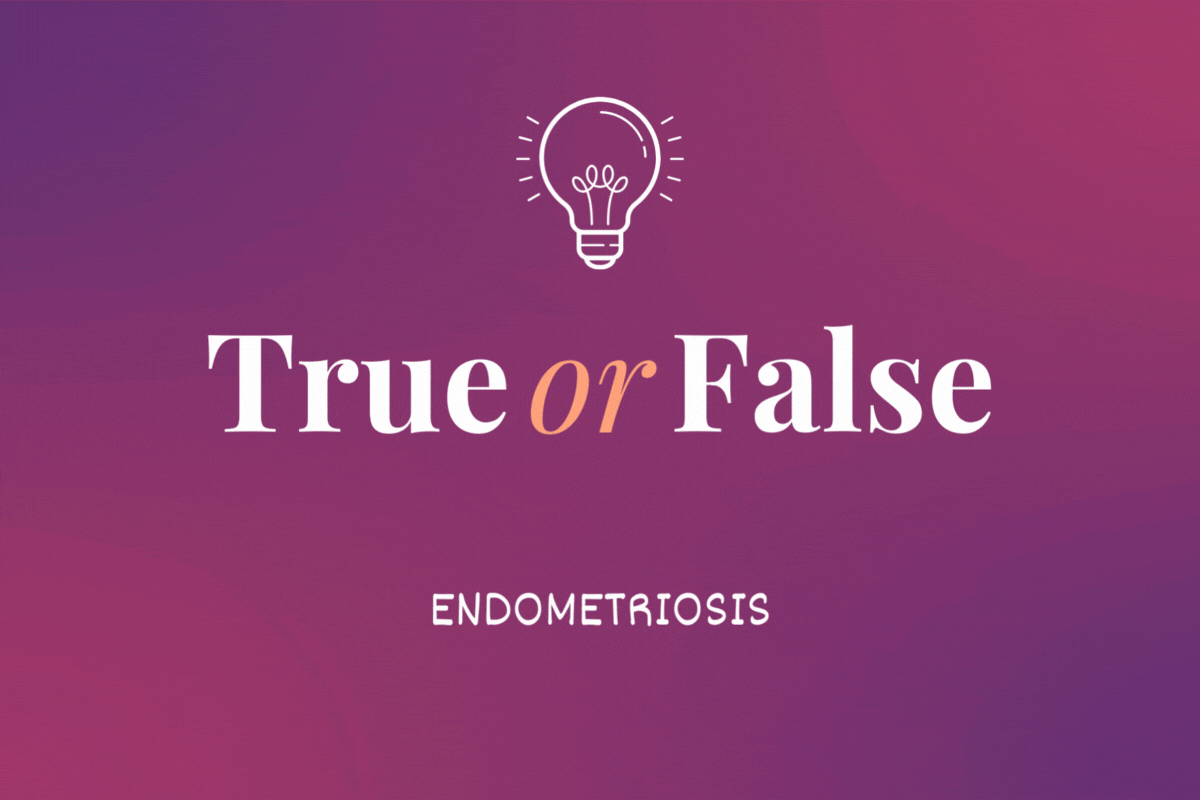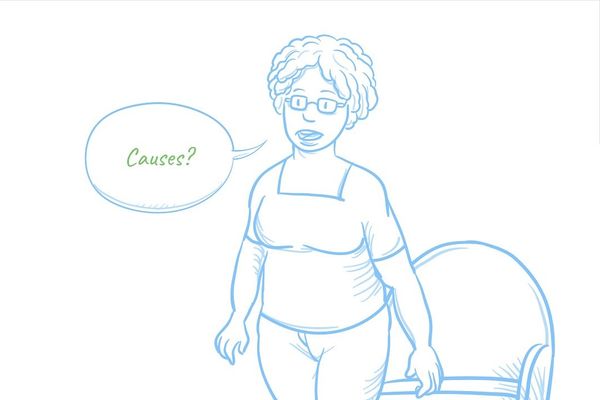[Beth offers an overview of treatment options and the questions to consider asking your healthcare provider (HCP) before deciding what's right for you.]
Endometriosis (or "endo") is a very real condition, one that affects an estimated 1 in 10 American women of reproductive age. Even so, experts believe that many cases of endometriosis still go unreported, with many women thinking not only that their pain is "normal,” but also that there's nothing that can be done about it.
While there is no cure for endometriosis—which occurs when tissue similar to that in your uterus starts growing outside of the uterus where it doesn't belong—there are treatment options available. These treatments may help you manage your pain.
Choosing a treatment will depend on a number of factors, including the extent of the disease and your symptoms. Also important to note is that it can sometimes take trying a few treatment options to see which works best for you—and there's always a chance your symptoms may return after treatment ends.
Still, knowledge is power. Get to know your options and then, like all medical decisions, work as a team with your healthcare professional (HCP) to weigh the benefits and risks before choosing the right path for you.
Here is what you should know:
If pain is your primary symptom, medication will likely be your first response. Over-the-counter pain relievers like nonsteroidal anti-inflammatory drugs can help alleviate the menstrual cramps that are common with endometriosis. Your HCP may prescribe stronger medication if your pain is more severe.
Another option is hormone therapy. During your menstrual cycle, fluctuating levels of hormones can cause endometrial patches outside your uterus to thicken, break down or bleed, causing pain. Hormonal therapy can help by preventing your ovaries from producing hormones, making your periods lighter and shorter. Sometimes this approach will stop your period altogether.
Hormonal therapy comes in many different forms, such as birth control pills, progestin-only medications, gonadotropin-releasing hormone (GnRH) agonists and GnRH antagonists. Each therapy works in different ways, and comes in a variety of formats, including nose sprays, injections and oral tablets.
Surgery to remove or destroy endometrial lesions outside your uterus may also be an option, although any pain relief it brings may be short-lived if tissue regrows. Laparoscopic surgery, for example, can definitively identify endometriosis and can remove lesions at the same time while also keeping your uterus and ovaries intact. It is performed with a slender viewing instrument inserted through a small incision near your navel. More severe cases of endometriosis might call for more extensive abdominal surgery.
A total hysterectomy is sometimes recommended for women with severe pain and if pain does not go away after treatment. This procedure is considered an option of last resort, however, especially if you're still of reproductive age, because it removes the uterus, including the cervix.
The most important thing to remember is that endometriosis treatment must be individualized and both medical and surgical treatments for pain related to endometriosis can be helpful. With so many treatment options to consider, it may be time you and your HCP began to tackle your endometriosis pain. There is no reason to wait another day!
This post was created with the support of AbbVie. For more information, visit SpeakENDO.com
Sources:
https://endometriosis.org/treatments/oral-contraceptive-pill/
https://www.mayoclinic.org/diseases-conditions/endometriosis/diagnosis-treatment/drc-20354661
https://www.acog.org/Patients/FAQs/Endometriosis#treated







